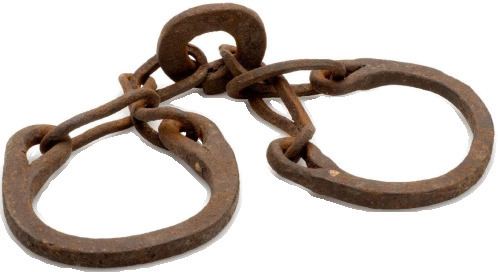 | ||
Slavery in Australia mainly occurred on sugar plantations in the northern areas of the country. Along with many Indigenous Australians, many people from the islands surrounding Australia were kidnapped and forced to work. Some academics dispute the term "slavery" due to the payment for labour occurring despite many not receiving wages. This practice of unpaid work and separation from family continued until 1970. State governments have denied fair restitution for these acts , even in the modern era having taken very little responsibility to date, despite government involvement (often including the police services).
Contents
Pearling
Indigenous Australians, Malaysians, Timorese and Micronesians were caught and sold as slave-labour for the pearling industry of north western Australia.
Blackbirding
From the 1860s, the demand for labour in Queensland, Australia, resulted in blackbirding in the region. Queensland was a self-governing British colony in northeastern Australia until 1901, when it became a state of the Commonwealth of Australia. Over a period of 40 years, from the mid-19th century to the early 20th century, traders "recruited" native non-European labourers for the sugar cane fields of Queensland, from the New Hebrides (now Vanuatu), Papua New Guinea, the Solomon Islands and the Loyalty Islands of New Caledonia as well as Niue. The Queensland government tried to regulate the trade: it required every ship engaged in recruiting labourers from the Pacific islands to carry a person approved by the government to ensure that labourers were willingly recruited and not kidnapped. But, such government observers were often corrupted by bonuses paid for labourers 'recruited,' or blinded by alcohol, and did little or nothing to prevent sea-captains from tricking islanders on-board or otherwise engaging in kidnapping with violence. Joe Melvin, an investigative journalist who, undercover, in 1892 joined the crew of Queensland blackbirding ship Helena, found no instances of intimidation or misrepresentation and concluded that the Islanders recruited did so "willingly and cannily".
The generally coercive recruitment was similar to the press-gangs once employed by the Royal Navy in England. Some 55,000 to 62,500 South Sea Islanders were taken to Australia.
These people were referred to as Kanakas (the French equivalent Canaques is still used to refer to the ethnic Melanesians in New Caledonia) and came from the Western Pacific islands: from Melanesia, mainly the Solomon Islands and the New Hebrides, with a small number from the Polynesian and Micronesian islands such as Tonga (mainly 'Ata), Samoa, Kiribati, Tuvalu, and Loyalty Islands. Many of the workers were effectively slaves, but they were officially called "indentured labourers" or the like. Some Australian Aboriginal people, especially from Cape York Peninsula, were also kidnapped and transported south to work on the farms.
The methods of blackbirding were varied. Some labourers were willing to be taken to Australia to work, while others were tricked or forced. In some cases blackbirding ships (which made huge profits) would entice entire villages by luring them on board for trade or a religious service, and then setting sail. Many died in the fields due to the hard manual labour.
The question of how many Islanders were kidnapped or "blackbirded" is unknown and remains controversial. Official documents and accounts from the period often conflict with the oral tradition passed down by the descendants of workers. Stories of blatantly violent kidnapping tended to relate to the first 10–15 years of the trade. The majority of the 10,000 Pacific Islanders remaining in Australia in 1901 were repatriated from 1906–08 under the provisions of the Pacific Island Labourers Act 1901. A 1992 census of South Sea Islanders reported around 10,000 descendants of the blackbirded labourers living in Queensland. Fewer than 3,500 were reported in the 2001 Australian census.
